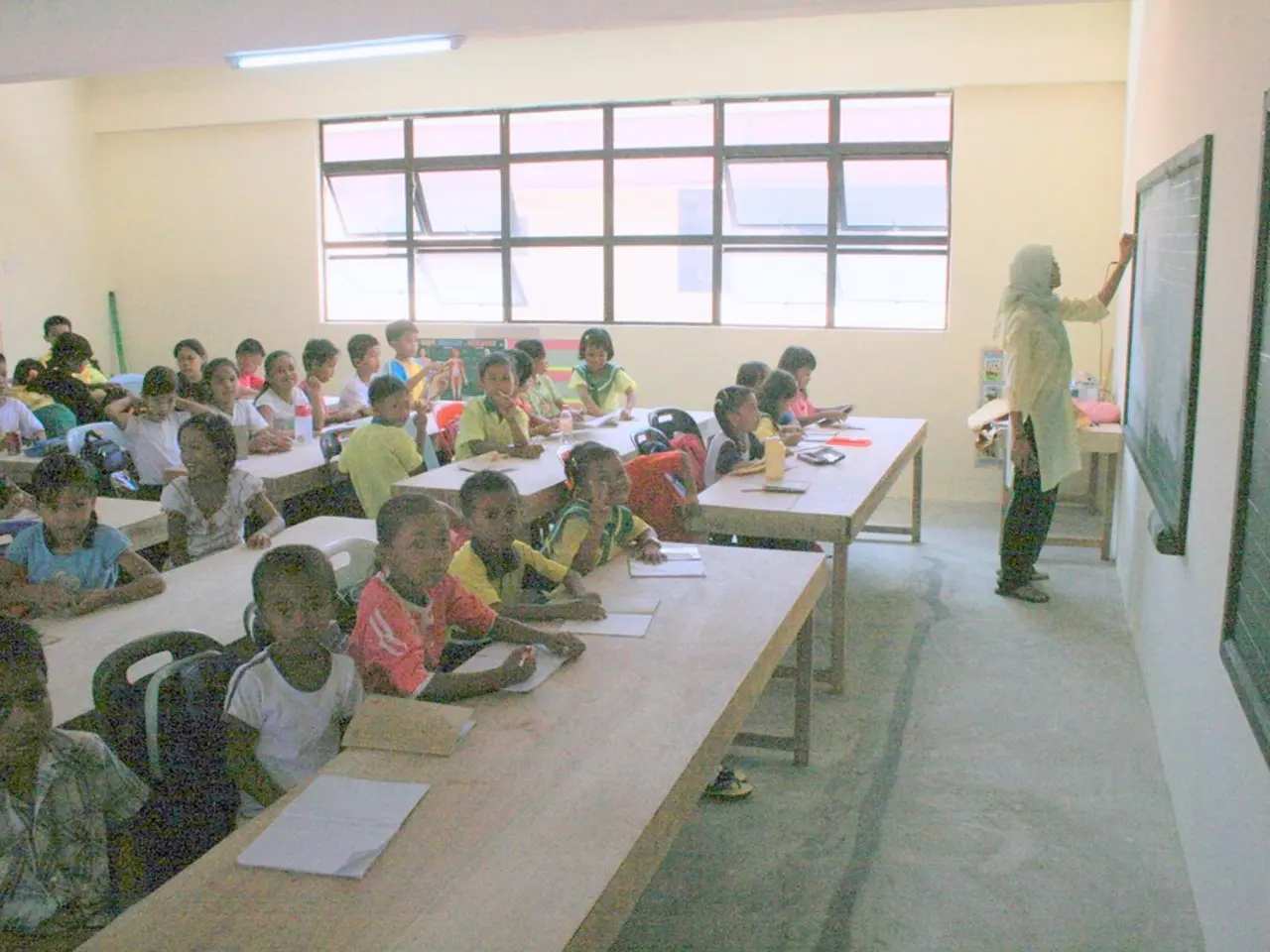Examining New Methods for Evaluating Learner Progress in the Educational Sphere
In the realm of modern education, there's a growing movement towards alternative assessment approaches, which aim to revolutionize the way we evaluate student progress. These innovative methods offer a more holistic, equitable, and meaningful educational experience, better preparing students for the diverse challenges they'll face beyond traditional exams.
Effective teacher training and professional development are essential for the successful implementation of these alternative approaches. Comprehensive training programs help teachers understand the theoretical underpinnings of these assessments, enabling them to appreciate the importance of skills development, continuous improvement, and personalized feedback.
One of the key benefits of alternative assessments is their ability to value growth and individuality. Unlike traditional assessments that often focus on mere performance on standardized tests, these assessments encourage learning as a process that develops resilience, critical thinking, and curiosity.
Personalized learning experiences are a cornerstone of these alternative approaches. By tailoring educational content and assessments to meet the unique needs and preferences of each learner, we can foster a more inclusive educational experience. This approach accommodates different learning styles and needs, promoting equity in education.
Technology integration plays a crucial role in alternative assessment approaches, promoting engagement and motivation among students. Digital platforms facilitate real-time feedback, allowing educators to identify gaps and tailor instruction to each student's needs, improving academic outcomes and engagement.
Alternative assessments also encourage critical thinking, creativity, and practical application of knowledge. Summative alternative assessment approaches, for instance, evaluate student learning at the conclusion of an instructional unit, focusing on aggregating students' performances based on various evaluation methods. Formative assessment, on the other hand, refers to a variety of assessments conducted during the learning process to monitor student learning and provide ongoing feedback.
However, the adoption of alternative assessment approaches is not without its challenges. Standardization issues arise when attempting to apply uniform criteria across diverse educational environments. Addressing these issues necessitates a collaborative effort among educators, policymakers, and assessment experts.
In conclusion, embracing alternative assessment approaches signifies a transformative change in how educators view learning and evaluation. These assessments foster deeper learning, empower learners, and create future-ready education systems. As we continue to navigate this transformative change, it's crucial to remember that effective alternative assessments require careful planning and execution, including setting clear, measurable objectives, incorporating a variety of assessment methods, and providing continuous feedback.
Educators must embrace professional development and e-learning in the context of education-and-self-development to effectively implement alternative assessment approaches. By equipping themselves with knowledge about these modern assessments, they can emphasize learning as a continuous process that cultivates resilience, critical thinking, and curiosity.
In the realm of personalized learning experiences, digital platforms serving as tools for e-learning can facilitate real-time feedback, fostering a more inclusive and equitable educational environment by catering to diverse learning styles and needs.




